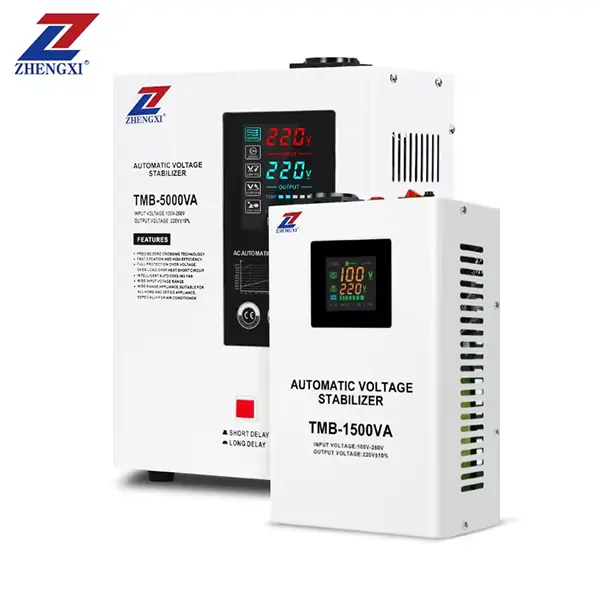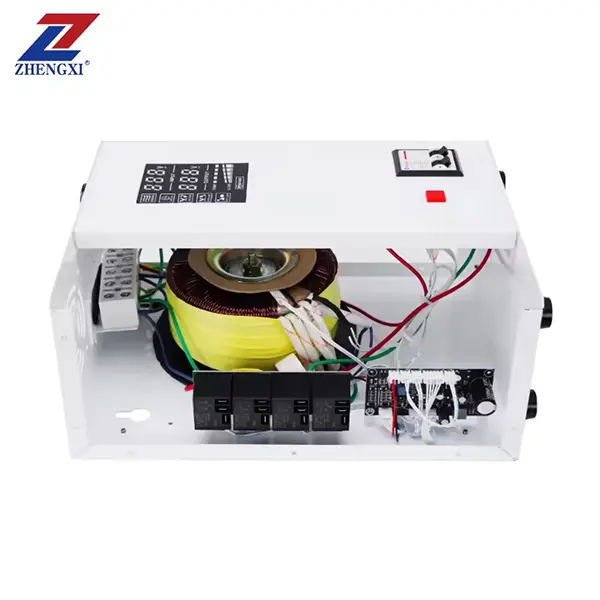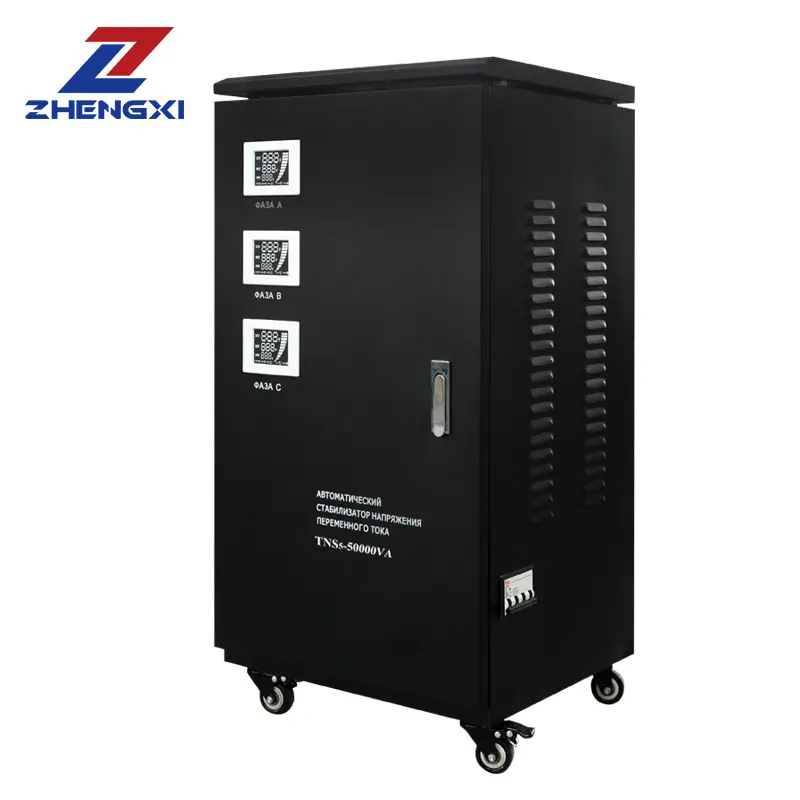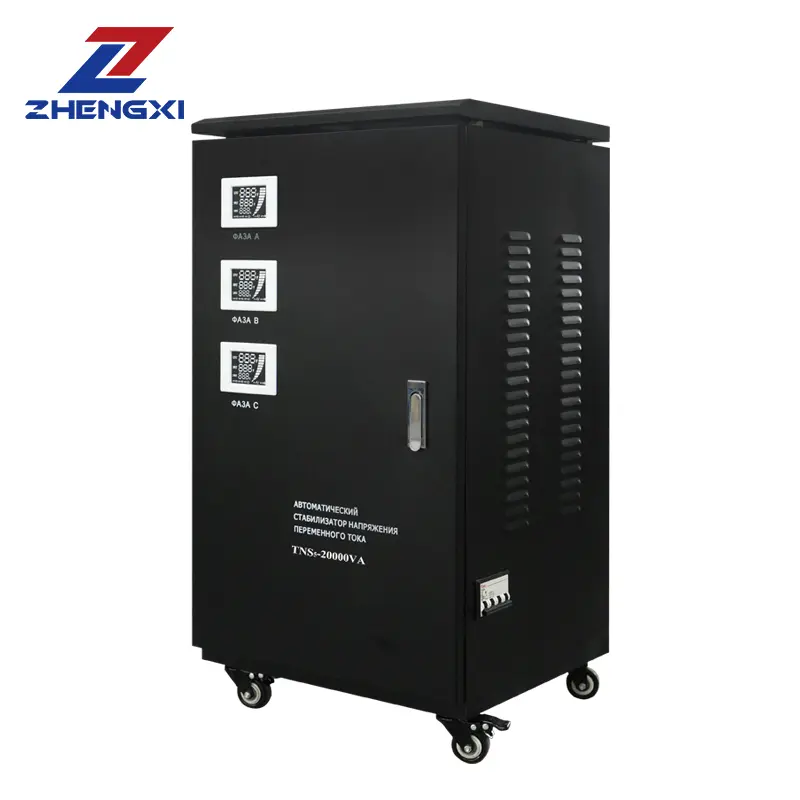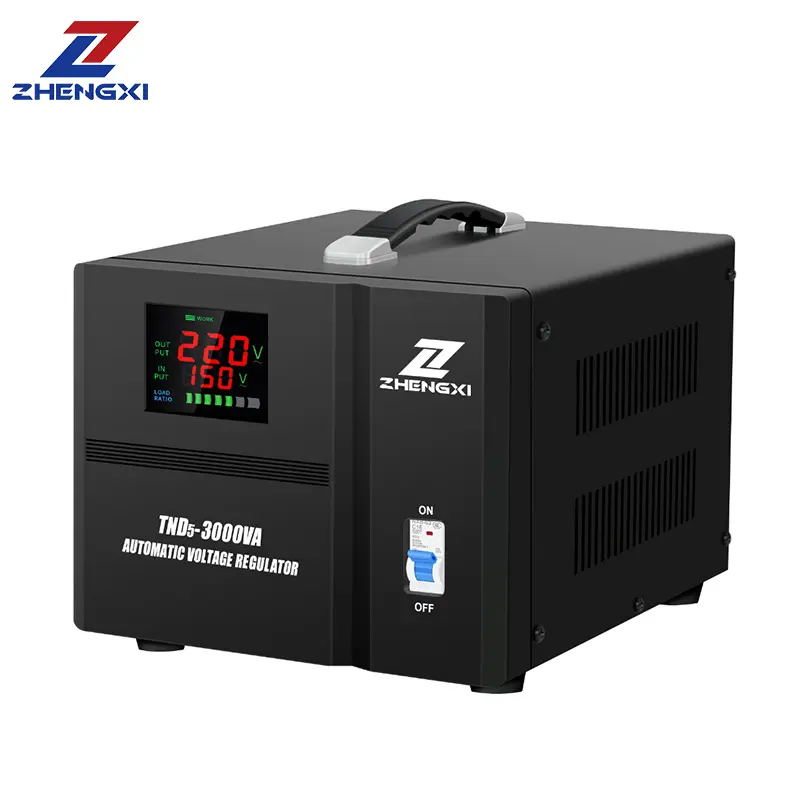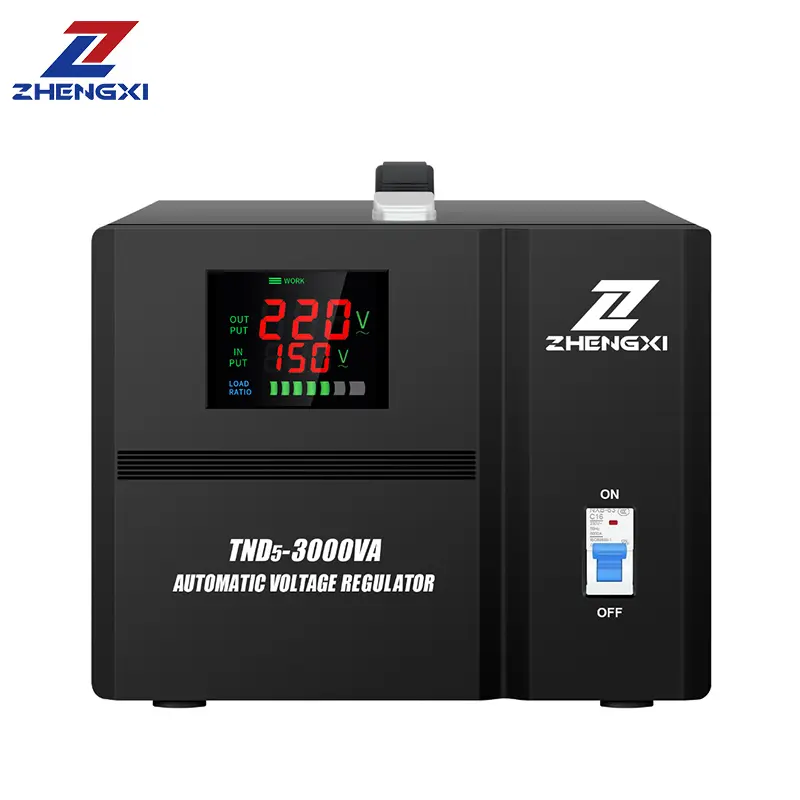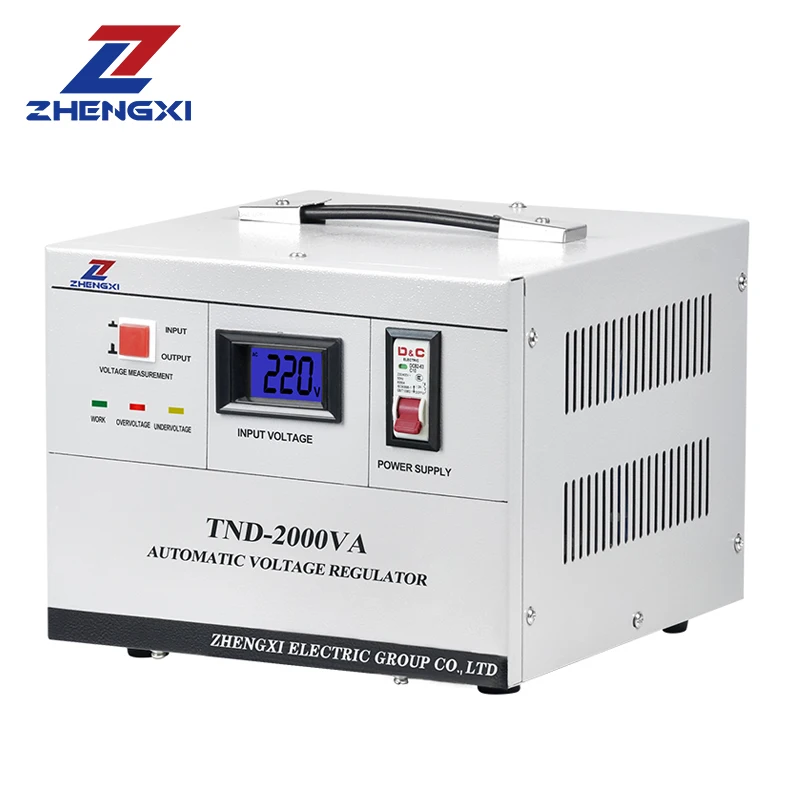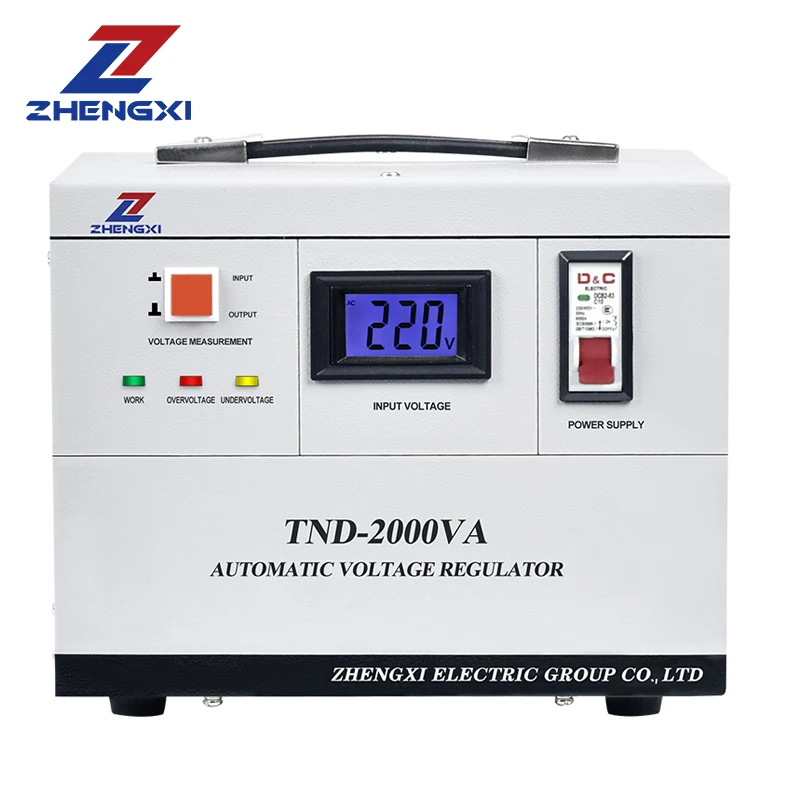In our hyper-connected world, computers are the backbone of productivity, creativity, and communication. From casual browsing to complex rendering tasks, our PCs hold valuable data and execute critical operations. Yet, silently lurking in the background of every wall socket is a potential threat that could instantly disrupt your workflow, corrupt irreplaceable files, or even fry your expensive hardware: unstable electrical voltage. This is where the Automatic Voltage Regulator (AVR) emerges as an unsung hero, a vital layer of protection specifically designed to shield your computer from the erratic nature of the power grid. This article delves deep into the crucial role of AVRs, exploring their technology, necessity, selection criteria, and benefits for computer users of all levels.
Why Your Computer Screams for Voltage Stability: Understanding the Threats
Electricity flowing to your home or office isn’t always a perfect 120V (North America) or 230V (Europe/Asia). Fluctuations are common and often unnoticed:
- Brownouts: Sustained drops in voltage (e.g., down to 90V). This forces your computer’s internal Power Supply Unit (PSU) to draw more current to compensate. This leads to overheating, premature PSU failure, potential data corruption, and unexpected shutdowns or reboots – a nightmare during unsaved work.
- Surges (Spikes): Short, intense bursts of high voltage (thousands of volts lasting milliseconds). These are the infamous “power surges,” commonly caused by lightning strikes, utility grid switching, or even turning on large appliances. Surges can instantly damage sensitive components like the motherboard, CPU, RAM, storage drives, and graphics card. Even moderate surges can cause cumulative damage over time.
- Sags/Dips: Momentary voltage drops, similar to brownouts but shorter in duration. Often caused by motors starting (e.g., air conditioners, refrigerators). Can cause system instability, lockups, and reboot loops.
- High-Line Voltage: Sustained over-voltage conditions. Less common than sags, but forces the PSU to work outside its design specs, generating excessive heat and risking component failure.
A modern computer’s internal PSU does have some basic protection and filtering circuitry, but it’s primarily designed to convert AC to stable DC voltage – it cannot reliably correct significant incoming AC voltage variations. Relying solely on the PSU is like driving without seatbelts; you might be okay until you’re not. An AVR acts as the dedicated seatbelt and airbag system for your PC’s power.
The Guardian Angel: How an Automatic Voltage Regulator Works
At its core, an AVR is an intelligent electronic device placed between your wall outlet and your computer equipment. Its mission is simple but critical: maintain a consistent, safe output voltage regardless of erratic input voltage.
Here’s the typical magic happening inside a computer-grade AVR:
- Step 1: Monitoring: Constantly senses the incoming AC voltage from the wall.
- Step 2: Comparison: Compares the measured input voltage against a predefined safe range (e.g., 90V – 140V for a nominal 120V system, or 180V – 270V for 230V systems).
- Step 3: Correction (The Key Function): If the input voltage deviates below the safe range (brownout), the AVR boosts it back up. If the input voltage goes above the safe range (surge/over-voltage), the AVR bucks or reduces it.
- Step 4: Clean Delivery: Delivers the corrected, stable voltage (close to the nominal 120V/230V) to your computer and peripherals.
How They Correct: Core Technologies
- Ferroresonant Transformer (Oldest/Simple): Uses a special transformer saturated with magnetic flux to provide inherent voltage stabilization and excellent surge/noise suppression. Limited correction range, can be bulky and generate some heat/noise. Often called a “Constant Voltage Transformer (CVT).” Extremely robust.
- Tap-Switching Transformer: Uses a multi-tapped transformer (taps are different connection points offering varying voltage ratios) and solid-state relays. The AVR electronically switches between these taps very quickly (within milliseconds) to add or subtract voltage as needed. Offers faster correction and a wider range than ferroresonant but potentially introduces minor switching transients. This is the most common technology in quality consumer AVRs.
- Double-Conversion (Online UPS): Technically part of a UPS (Uninterruptible Power Supply), but it provides the highest level of power conditioning. Converts incoming AC to DC, then converts it back to a perfectly clean AC waveform. Provides the ultimate voltage regulation and isolation from all noise and fluctuations. Overkill just for voltage regulation, as it’s more expensive and typically includes a battery.
Additional Critical Protection:
- Surge Suppression (MOVs): Integrated Metal Oxide Varistors clamp dangerous high-voltage spikes, diverting excess energy to ground.
- Noise Filtering: EMI/RFI filters block high-frequency electrical noise that can interfere with computer operation and cause data errors.
- Basic Circuit Breaker: Protects the AVR and connected devices from severe overloads or short circuits.
3. Choosing the Right AVR for Your Computer: More Than Just Watts
Selecting an AVR isn’t a one-size-fits-all task. Key factors include:
- Power Rating (VA/Watts): Crucial! Add up the wattage (or VA – Volt-Ampere) of all devices you’ll plug into the AVR (Monitor, speakers, external drives, PC tower itself). Look at the labels or manufacturer specs. Then choose an AVR rated at least 20-25% higher than this total. Avoid maxing out the capacity. Common computer AVRs range from 500VA (sufficient for basic desktop + monitor) to 1500VA+ for high-performance gaming rigs or multiple systems.
- Voltage Correction Range: Look for the “Input Voltage Range.” A wider range offers better protection. Good AVRs typically handle ~90-140V (for 120V countries) or ~180-270V (for 230V countries). Check your local voltage standard.
- Speed of Correction: How quickly does it react to voltage changes? Look for specifications like <10ms response time. Tap-switching AVRs are generally very fast.
- Number and Type of Outlets: Ensure enough outlets for your PC and essential peripherals. Look for both battery-backed outlets (if included in a UPS/AVR combo) and surge-only outlets. USB charging ports can be a bonus.
- Protection Features: Verify strong surge protection (Joule rating – higher is better, but 600+ is decent). Check for EMI/RFI noise filtration. A low clamping voltage (e.g., <400V) signifies the MOVs kick in sooner to suppress smaller, more frequent surges.
- Monitoring and Alerts: Some AVRs offer LEDs indicating status (boost, buck, normal) or audible alarms for severe over/under voltage. Higher-end models might offer data logging via USB or software.
- Form Factor: Consider size and placement (tower floor placement vs. desktop strip).
- Brand Reputation: Stick with reputable manufacturers known for quality electronics and good customer support (APC, CyberPower, Tripp Lite, Eaton are popular in the computer space).
4. AVR vs. UPS: Understanding the Distinction
- AVR (Automatic Voltage Regulator): Primary focus is voltage correction (boosting low voltage, bucking high voltage). Includes surge suppression and noise filtering. It does not provide battery backup. Your computer will shut down instantly during a full power outage.
- UPS (Uninterruptible Power Supply): Incorporates an AVR, adds a battery, and an inverter to convert battery DC to usable AC. Provides battery backup for safe shutdown during outages (minutes). Essential if you need to save work and properly shut down systems during blackouts. AVRs are often a key component within a UPS.
Decision: If you only need protection against voltage fluctuations and surges (and outages are rare/brief or you manually save frequently), a dedicated AVR is sufficient and cost-effective. If outages are common or you need time to save and shut down safely, invest in a Line-Interactive UPS. These have built-in AVR functionality and battery backup. Avoid “Standby UPS” units if voltage regulation is a major concern, as they only kick in after detecting a problem (delay).
5. Installation and Best Practices: Maximizing Protection
- Direct Connection: Plug the AVR directly into a properly grounded wall outlet. Avoid extension cords or power strips in between. If you must use an extension, ensure it’s heavy-duty and as short as possible.
- Connect Essential Gear: Plug your computer tower, monitor, external storage, and network gear (modem/router if needed) into the AVR’s protected outlets. Plug non-critical items (printers, scanners, lamps) into a separate surge strip or wall outlet to avoid overloading the AVR.
- Regular Inspection: Periodically check the AVR for any signs of damage or overheating. Listen for unusual noises (though some transformer hum is normal). Check status lights if available.
- Replacement: Surge suppression components (MOVs) degrade over time. If your AVR has experienced several significant surges or is very old (5+ years), consider replacing it, as it may no longer provide adequate protection.
- Read the Manual: Understand the specific capabilities and limitations of your model.
6. Investing in Peace of Mind: The Tangible Benefits
The ROI on a quality AVR is measured in hardware longevity and productivity protection:
- Extended Hardware Lifespan: Stabilizing voltage significantly reduces stress on the PSU, motherboard capacitors, and other sensitive components, preventing premature aging and costly replacements.
- Prevents Data Loss and Corruption: Unexpected shutdowns/reboots caused by low voltage are a leading cause of data corruption (open files, unsaved documents, database errors). An AVR maintains stability.
- Eliminates System Instability: Stops crashes, freeze-ups, and the dreaded reboot loop caused by voltage sags.
- Protects Against Costly Surge Damage: Acts as a sacrificial shield, absorbing or diverting surges that could otherwise destroy hundreds or thousands of dollars worth of equipment in milliseconds.
- Enables Reliable Operation in Poor Power Areas: If your location experiences frequent brownouts or voltage swings, an AVR is essential to keep your computer running reliably.
- Cost-Effective Insurance: AVRs are relatively inexpensive compared to replacing even a single damaged computer component. They are a fundamental element of responsible computer ownership.
Conclusion
Modern computers are incredibly sophisticated but vulnerable machines. Voltage fluctuations are not rare anomalies; they are persistent threats embedded in the very infrastructure delivering their lifeblood. An Automatic Voltage Regulator is not merely an accessory; it’s a critical piece of infrastructure providing essential protection.
Investing in a well-chosen AVR tailored to your computer’s needs is investing in reliability, longevity, and the peace of mind that comes from knowing your valuable hardware and data are shielded from the chaos of the power grid. It’s a small price to pay for securing your digital lifeline against the invisible, unpredictable dangers posed by unstable electricity. Protect your investment and your productivity – make an AVR an essential part of your computer setup today.
FAQ
What is an AVR and why does a PC need one?
An AVR ensures your computer always receives a safe, constant voltage, preventing hardware damage from brownouts, surges, and sags.
Can I just use a surge protector instead?
Surge protectors guard only against spikes. They cannot correct under- or over-voltage. For full protection, choose an AVR or a line-interactive UPS.
How do I calculate the right VA rating?
Sum the wattage of your PC, monitor, and peripherals, then multiply by 1.25. For example, 400 W×1.25=500 VA minimum.


